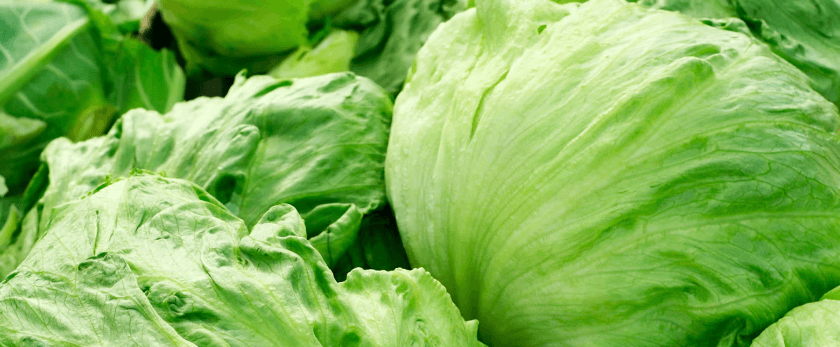Iceberg lettuce, also known as crisphead lettuce, is a popular and versatile vegetable that can be grown in your own backyard. Not only is it easy to grow, but it also has a high nutritional value, making it a great addition to any meal. In this article, we will discuss the steps to successfully grow iceberg lettuce, the best time to grow it, and common problems that may arise.
How to Care for Iceberg Lettuce
Watering
Proper watering is crucial for the growth and development of iceberg lettuce. It is important to keep the soil consistently moist, but not waterlogged. Overwatering can lead to root rot and other diseases. On the other hand, underwatering can cause the lettuce to wilt and become bitter.
To ensure proper watering, it is recommended to water the lettuce deeply once or twice a week, depending on the weather conditions. If the weather is hot and dry, you may need to water more frequently. It is best to water in the morning to allow the leaves to dry before the cooler evening temperatures.
Light
Iceberg lettuce requires at least 6 hours of sunlight per day to grow properly. However, it can also tolerate partial shade. If you are growing lettuce in a hot climate, it is best to provide some shade during the hottest part of the day to prevent the leaves from wilting.
Soil
Iceberg lettuce grows best in well-draining, fertile soil. Before planting, it is recommended to amend the soil with compost or well-rotted manure to provide the necessary nutrients for the lettuce to thrive. The ideal pH for growing iceberg lettuce is between 6.0 and 6.5.
Fertilizer
Iceberg lettuce is a heavy feeder and requires regular fertilization to grow well. It is best to use a balanced fertilizer, such as a 10-10-10, every two to three weeks. Be sure to follow the instructions on the fertilizer package for the correct application rate.
Pruning
Pruning is not necessary for iceberg lettuce, but it can help promote growth and prevent overcrowding. If the lettuce plants are too close together, it can lead to competition for nutrients and stunted growth. It is recommended to thin out the plants when they are about 4 inches tall, leaving about 8-12 inches of space between each plant.
What is the Best Time to Grow Iceberg Lettuce?
Iceberg lettuce is a cool-season crop and grows best in temperatures between 45-75°F. It can be grown in both spring and fall, but it is important to avoid extreme temperatures. If the temperature rises above 75°F, the lettuce may bolt and become bitter. On the other hand, if the temperature drops below 45°F, the lettuce may not grow at all.
In warmer climates, it is best to grow iceberg lettuce in the fall when the temperatures are cooler. In colder climates, it can be grown in the spring and fall. It is important to monitor the weather and adjust your planting schedule accordingly.
Common Problems with Iceberg Lettuce
Pests
One of the most common pests that can affect iceberg lettuce is aphids. These small insects feed on the leaves of the lettuce and can cause stunted growth and yellowing of the leaves. To prevent aphids, it is recommended to regularly inspect your plants and remove any affected leaves. You can also use insecticidal soap or neem oil to control the infestation.
Other pests that may affect iceberg lettuce include slugs, snails, and caterpillars. These can be controlled by handpicking them off the plants or using organic pest control methods.
Diseases
Iceberg lettuce is susceptible to various diseases, including downy mildew, powdery mildew, and lettuce mosaic virus. These diseases can be prevented by practicing good garden hygiene, such as removing any infected plants and avoiding overhead watering. It is also important to rotate your crops to prevent the buildup of disease-causing organisms in the soil.
Bolting
As mentioned earlier, high temperatures can cause iceberg lettuce to bolt, which means it starts to produce flowers and seeds instead of growing leaves. This can make the lettuce bitter and inedible. To prevent bolting, it is important to plant lettuce in the appropriate season and provide shade during the hottest part of the day.
Conclusion
Growing iceberg lettuce is a rewarding experience that can provide you with fresh, nutritious greens right from your own backyard. By following the care tips mentioned in this article, you can ensure a successful harvest of crisp and delicious lettuce. Remember to monitor your plants regularly and address any problems that may arise promptly. With a little bit of effort and care, you can enjoy a bountiful harvest of iceberg lettuce throughout the growing season.










